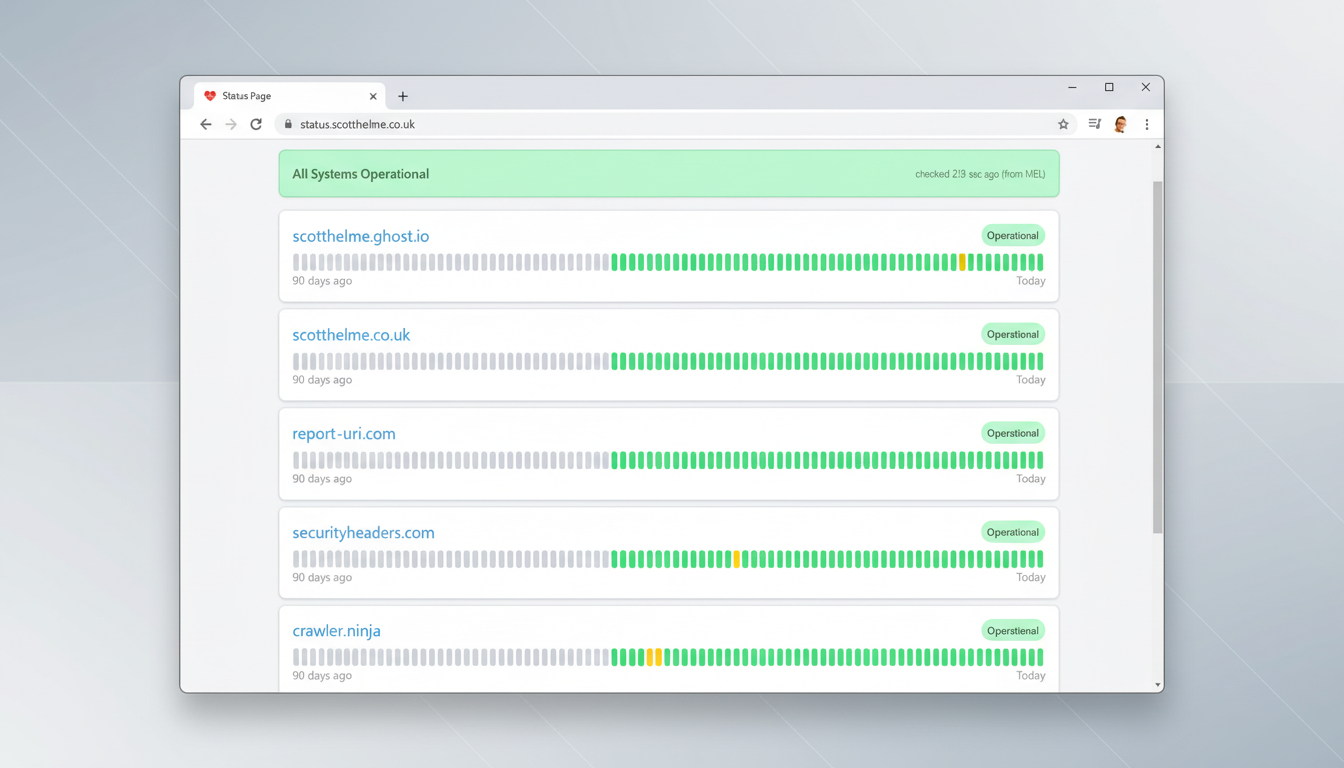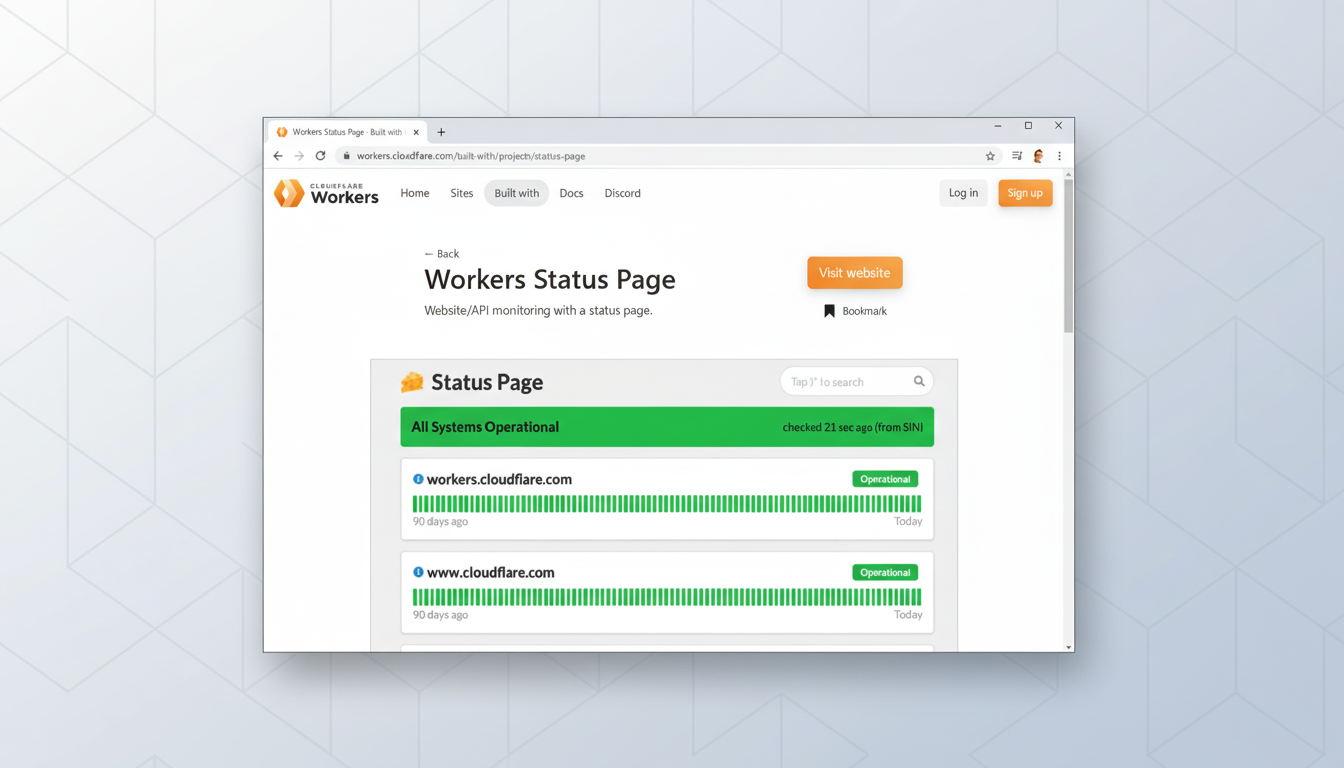Widespread outage at Cloudflare took parts of the internet down; disabling logins and content loads across popular sites. Users eXperienced failures on X, ChatGPT, Spotify, Canva and Perplexity, along with outage trackers such as Downdetector — even Cloudflare’s own dashboard and API returned errors. The company’s status page said it was investigating the issue, and third-party monitors showed spikes in reports of problems as services ground to a halt or served partial pages.
What went down during the widespread Cloudflare outage
Software firm Cloudflare acts as a so-called content delivery network (CDN), domain name system (DNS) provider and security layer that stands between some 20 million internet properties, mostly websites, and parts of the internet itself. If its edge or control plane fails, the effects are felt quickly: pages time out, assets don’t load and API calls fail. Scores of users instead received internal server errors, including some with 500-level codes, or empty spaces where images, scripts and data usually appear.

Because Cloudflare is responsible for terminating TLS, filtering malicious traffic and caching content at internet scale across a massive anycast network, a misconfiguration or routing error can cause ripples. If the dashboard and API are both under duress, that typically indicates a failure to propagate through the control systems that manage traffic across the edge, sometimes resulting in brief periods of overall errors until routes and policies converge.
Why so many sites were affected during Cloudflare’s outage
Vendor concentration is the straight-up answer. Cloudflare’s reverse proxy and CDN is the most widely used among the Alexa top 10 million websites, providing a gateway to performance benefits as that usage extends to well over 20% of all web properties, and an even greater percentage of high traffic sites. The company runs hundreds of data center locations and serves a hefty portion of the world’s HTTP requests, so is an important dependency for consumer apps and enterprise platforms alike.
When such a powerhouse provider fails in some way, the experience can resemble that of platform downtime, even though origin servers may be operating perfectly fine.
It’s the consistent pattern of such CDN incidents on other vendors: Login flows break, payment pages stall out and content feeds go blank because the layer optimizing and protecting those connections is suffering.
What the early symptoms suggest about root causes
An output of 500 errors, missing assets and dashboard timeouts indicates that we’re seeing load on the edge data path as well as the control plane. When configuration APIs fail simultaneously with site delivery, you may be looking at a botched configuration rollout, an incomplete routing change or some interaction with our automated DDoS defensive infrastructure. Third-party observers such as NetBlocks and ThousandEyes routinely detect synchronized packet loss and high rates of errors during these incidents, confirming the disruption is not application specific but network-layer driven.

However, even with Cloudflare’s regional isolation and rapid rollback, providers operating globally remain vulnerable to a single change which can cascade over automation. Post-mortems across the CDN industry constantly point to misconfigurations, software regressions, and unknown dependencies being the cause of massive outages.
Impact on users and businesses during Cloudflare’s outage
For end users, there’s not much to fix in their homes. Refreshing the page or trying again with your mobile data can be useful in edge cases like this where paths are different, but outages of that type are further up. Temporarily switching to a different DNS resolver (typically, your ISP’s or another public resolver) is a way to work around hiccups in look-ups if the issue is related to DNS, although that won’t circumvent problems at the proxy layer.
For webmasters, resilience strategies also make a difference.
- Multi-CDN architectures
- Dual DNS providers with separate control planes
- Cache directives like stale-if-error to mitigate blast radius
- Bypass critical paths at origin when the edge is down (e.g., login or checkout)
- Synthetic monitoring from crosstown and real user monitoring attuned to alert for partial failures
- Runbooks and traffic-switching automation to reduce uncertainty and recovery times
The bigger internet risk revealed by this outage
Incidents like this one shine a light on a structural fact of the modern web: It depends on just a few infrastructure providers for its speed, security and reliability. That focus provides massive performance benefits most of the time, but it also creates systemic risk when shared dependencies experience failures. Regulators and industry groups devoted to operational resilience have been calling on firms to map critical suppliers, testing failover pathways, and designing for graceful degradation rather than binary challenges of “up or down.”
Cloudflare’s scale and the depth of its engineering team mean outages tend to be isolated and resolved rapidly, but the lesson here is one that repeats: Distribute risk as much as possible, monitor your measures independently where it matters most, and be prepared for those rare occasions when — as happened here — the edge itself is where a failure occurs. When the internet’s accelerators slip, all of the web lurches — and preparing for this inevitability is now a central aspect of operating any substantial internet service.

